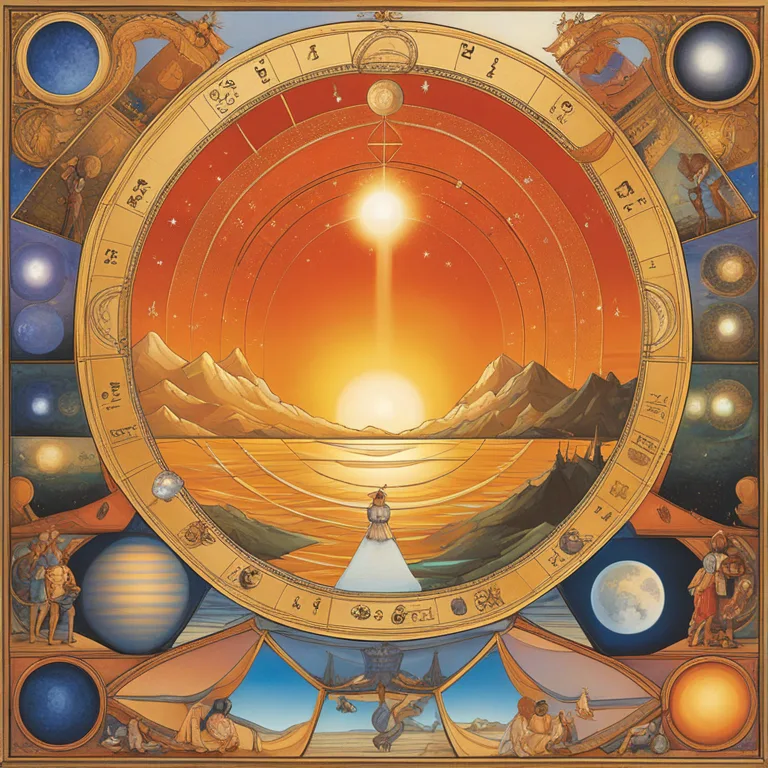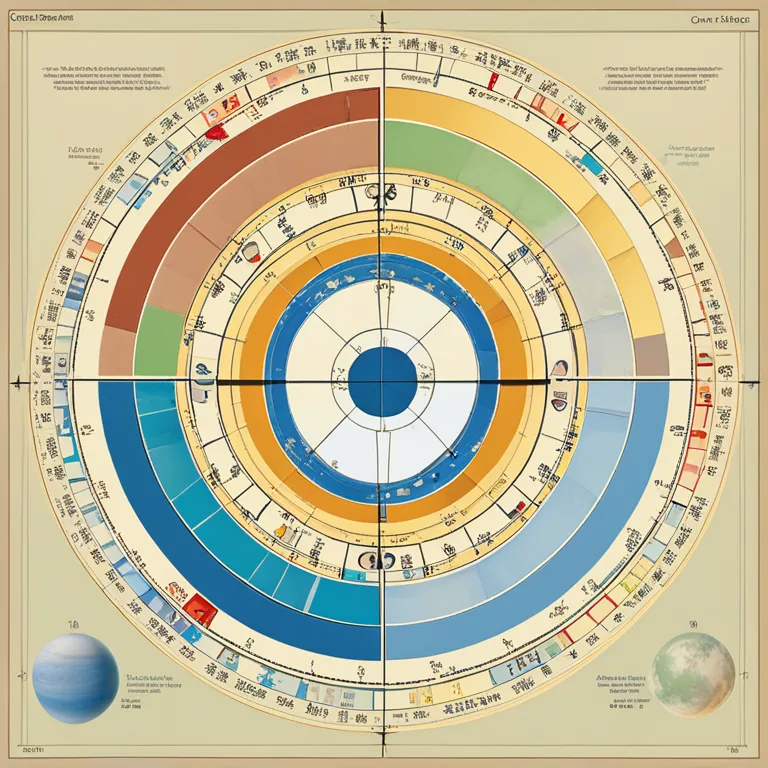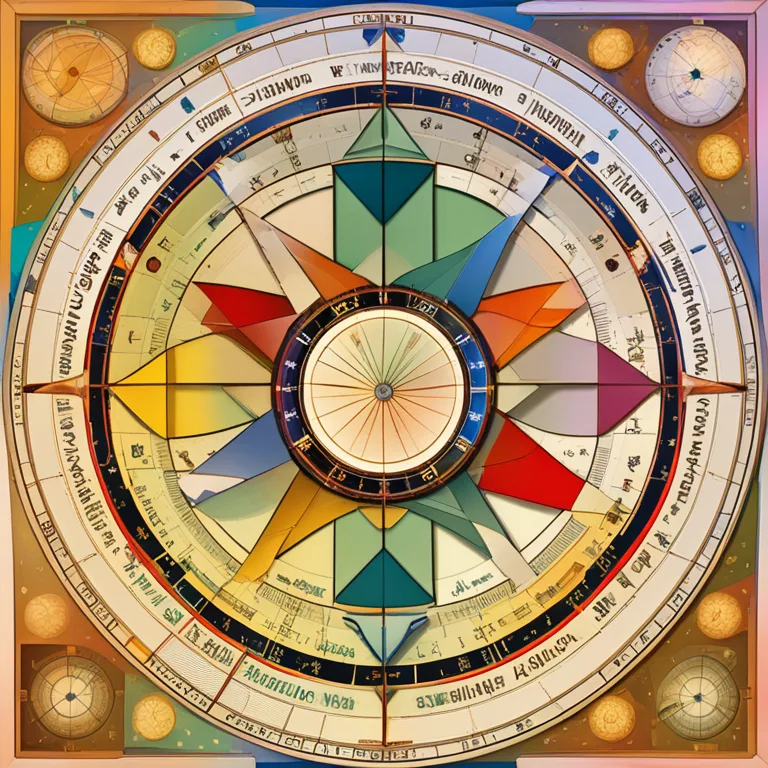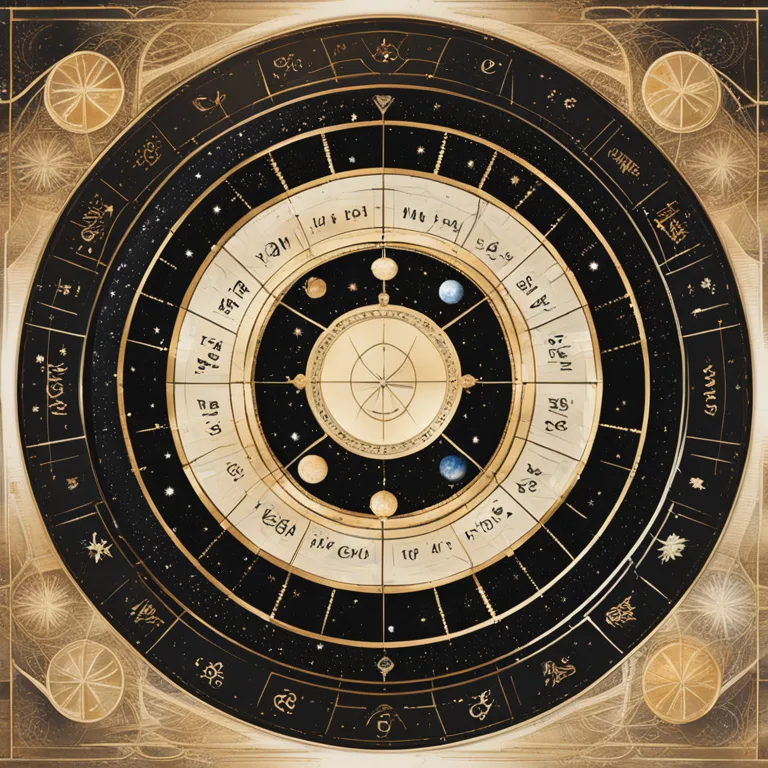
Compatibility: Your Birth Chart Guide
Discover how astrological birth charts determine compatibility in relationships with this insightful guide.
article by Priya Deshmukh
The Astrology of Relationships
Astrology offers an extensive map of our personalities through the intricate details of our birth charts — a snapshot of the sky at the moment of our birth. A birth chart is like a cosmic fingerprint; no two are exactly alike and they provide an in-depth understanding of our strengths, weaknesses, and potential. When it comes to relationships, astrologers often look at specific factors within these charts to gauge compatibility. Interpreting these celestial charts for compatibility is both an art and a science, drawing on centuries of tradition and contemporary knowledge to form a pathway to deeper connections.

Sun Signs and Beyond
The Sun sign is the most commonly known aspect of astrology, often considered the cornerstone of your personality. However, when evaluating compatibility, astrologers consider much more. Your Moon sign represents your inner self and emotional needs, while Venus governs love and indicates what you appreciate in a partner. Mars, on the other hand, rules over desire and how you pursue what you want. A harmonious aspect between your Mars and your partner's Venus, for instance, can indicate strong attraction and romantic compatibility.

Synthesizing the Charts
Comparing two individuals' birth charts in a process called synastry can reveal the dynamics of their relationship. This involves overlaying the two charts and examining the aspects, or angles, that planets make with each other. Trines and sextiles are typically harmonious aspects that indicate ease and support, while squares and oppositions can signify challenges or areas for growth. By analyzing these aspects, astrologers can assess the potential strengths and weaknesses shared between partners.

Composite Charts: A Relationship's Birth Chart
Apart from individual birth charts, there is the composite chart, which can be seen as the birth chart of the relationship itself. This chart is derived by calculating the midpoints between each person's corresponding planets and points. The composite chart encapsulates the essence of the relationship and can show its potential trajectory. Just as with individual charts, the placements and aspects within the composite chart provide valuable insights into the dynamics at play within the partnership.

Personal Planets and Compatibility
When looking at compatibility, the personal planets—Mercury, Venus, and Mars—alongside the Sun and Moon, play a significant role. For example, if two people's Mercury signs harmonize well, communication is likely to be a strong point in their relationship. Furthermore, a person's Venus sign can complement another's Sun sign, highlighting strong potential for mutual respect and affection. Mars alignment can reflect shared ambitions and the degree to which two individuals can work together to achieve their goals.
Understanding Aspects and Transits
As life progresses, the planets continue their celestial dance, forming transits that activate various parts of both individuals' birth charts. Transits can bring periods of growth, challenge, or harmony. For example, Saturn's transit might test the foundations of a relationship, while a Jupiter transit could bring expansion and joy. Paying attention to these transits can help couples navigate the ups and downs of their journey together, making astrology a valuable tool for relationship timing and development.
Published: 12/22/2023
Modified: 12/22/2023
More predictions
Come back here soon to learn more about yourself and your future


Understanding 12 Astrological Houses
Delve into the meanings and influences of the twelve astrological houses that shape personal horoscopes.


Astrological Houses & Their Role In Modern Life
Delve into the significance of the 12 astrological houses and their influence on personal astrology.


Astrology: The Role of 12 Houses
Delve into the core of astrological houses and their influence on personality and life events in our insightful guide.